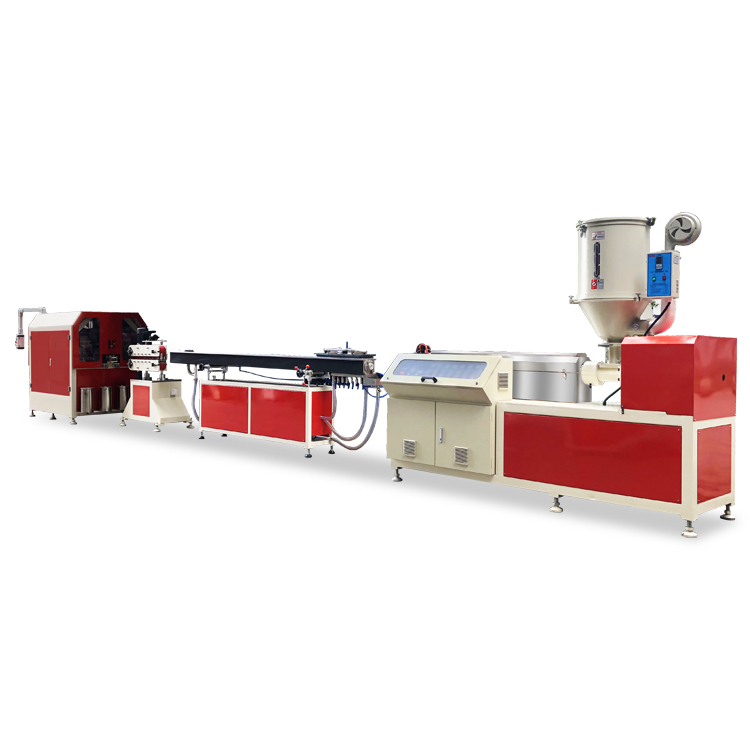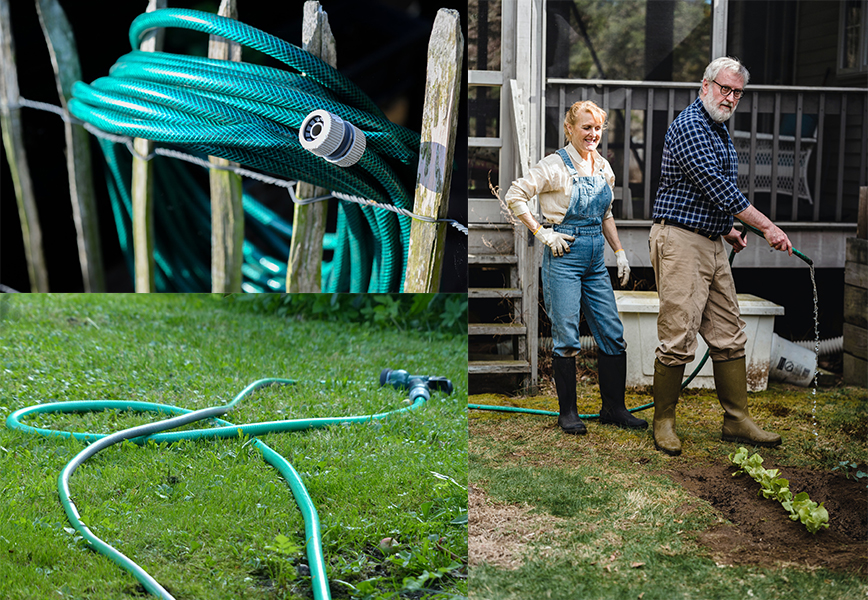The Evolution from Non-Coated Hoses to Coated Hoses: Enhancing Durability and Efficiency

In the world of agricultural, horticultural, and industrial applications, the reliability and longevity of hose materials are paramount. Traditional non-coated hoses, while functional, often present several drawbacks that limit their performance in demanding environments.
The Evolution from Non-Coated Hoses to Coated Hoses: Enhancing Durability and Efficiency
Disadvantages of Non-Coated Hoses
1. Poor Wear Resistance: Non-coated hoses are prone to abrasion and wear, especially when dragged across rough surfaces. This leads to frequent replacements and increased maintenance costs.
2. Weak Anti-Aging Properties: Exposure to sunlight and environmental factors can quickly degrade non-coated hoses, causing them to become brittle and crack over time.
3. Insufficient Strength and Pressure Resistance: These hoses often lack the structural integrity needed to withstand high pressure and heavy loads, making them unsuitable for rigorous applications.
4. Slippery Surface: The smooth exterior of non-coated hoses can be challenging to handle, particularly in wet or oily conditions, posing safety risks.
5. Limited Aesthetic and Identification Options: Typically available in a single color, non-coated hoses lack the visual appeal and easy identification features needed for complex systems.
Evolution to Coated Hoses
Recognizing these limitations, the industry has evolved by introducing coated hoses, which offer a significant improvement in performance and durability. Here’s how this evolution unfolded:
1. Identifying Needs and Issues: Users and manufacturers identified the shortcomings of non-coated hoses, driving the demand for more robust solutions.
2. Material Improvements: Initial efforts focused on enhancing the quality of plastic materials and incorporating UV inhibitors and anti-aging additives.
3. Technological Innovations: The introduction of coating technology allowed for the addition of a protective layer around the hose, dramatically improving wear resistance and structural integrity.
4. Production Process Optimization: Advanced manufacturing techniques ensured uniform and secure coating, optimizing the hose’s performance in various applications.
5. Market Feedback and Refinements: Continuous user feedback led to further enhancements, such as selecting different coating materials and adjusting the coating thickness to meet specific needs.
6. Widespread Adoption and Standardization: Coated hoses have now become a standard solution, known for their reliability and versatility in harsh environments.

Introducing Our Coated Hose Production Line
To meet the growing demand for high-quality coated hoses, we have developed an advanced production line designed for efficiency and superior output. Here’s what sets our production line apart:
- High Efficiency: Our machinery ensures fast and consistent coating, maximizing production speed without compromising quality.
- Durability and Quality Assurance: Every hose produced undergoes rigorous testing to ensure it meets the highest standards of wear resistance, anti-aging properties, and structural strength.
- Customizable Solutions: We offer a range of options in coating materials, colors, and thicknesses to cater to diverse application requirements.
- User-Friendly Operation: Our production line is designed for ease of use, with automated features that reduce manual intervention and enhance safety.
By choosing our coated hose production line, you can ensure the efficient manufacturing of hoses that deliver exceptional performance and durability, meeting the stringent demands of your applications.
Conclusion
The transition from non-coated to coated hoses represents a significant advancement in hose technology, addressing the critical issues of wear resistance, anti-aging, strength, and safety. Our innovative coated hose production line embodies these improvements, providing a reliable and efficient solution for producing high-quality hoses tailored to your needs.




